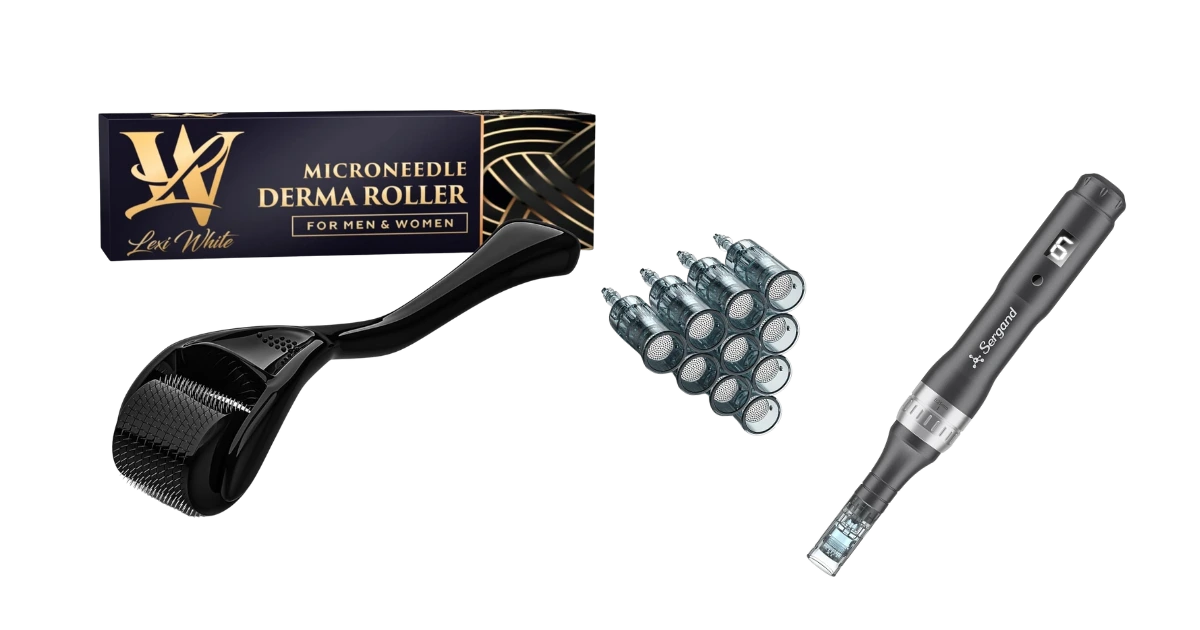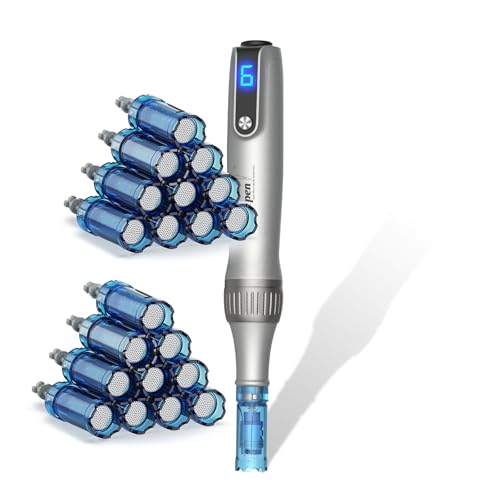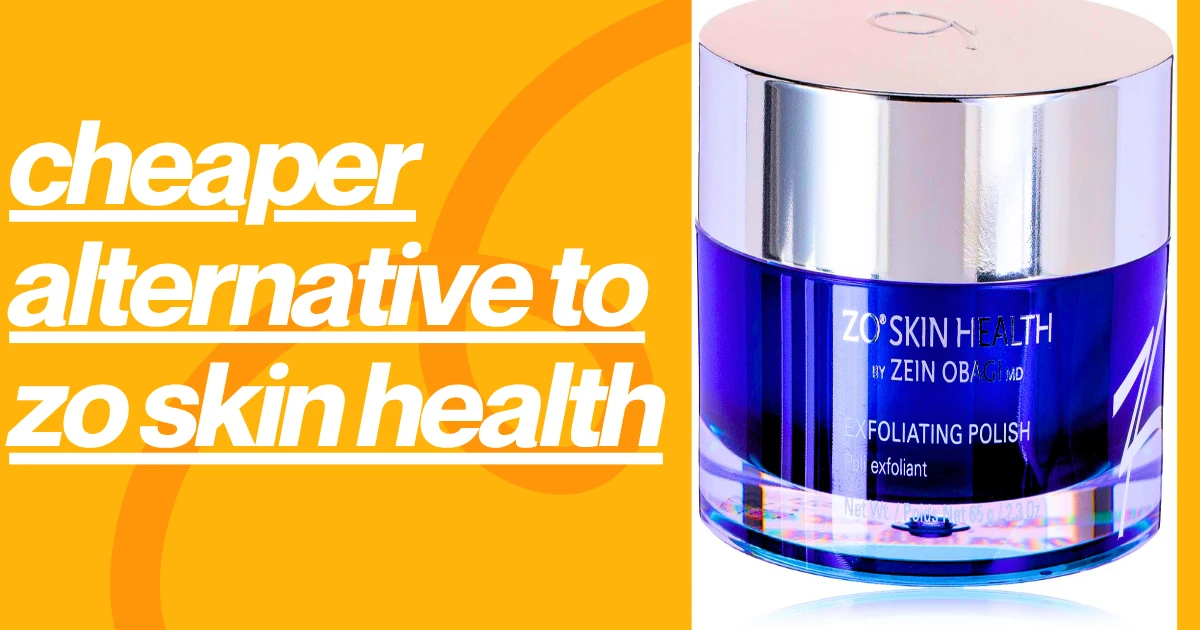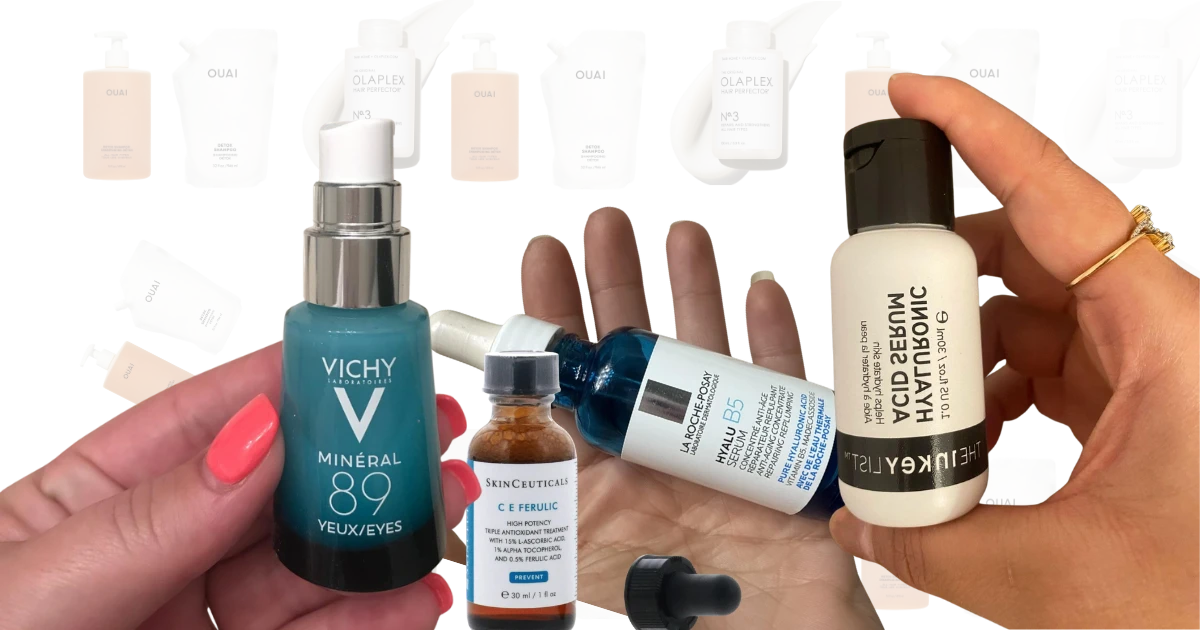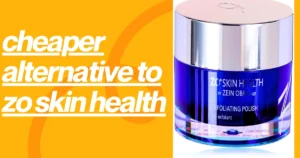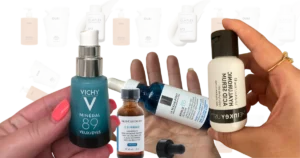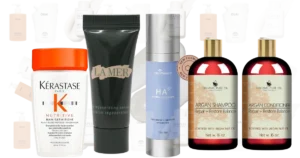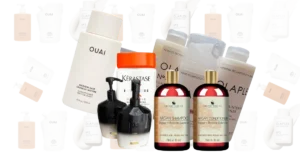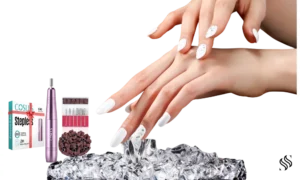If you follow skincare blogs or TikTok, you have likely seen discussions about microchanneling and microneedling (microchanneling vs microneedling). Initially, I assumed they were the same: both involve tiny needles and promise glowing skin. However, after trying both, I discovered several significant differences.
In this post, I will outline my experiences with both microchanneling and microneedling, describe how each treatment felt, how my skin responded, and offer recommendations based on specific skincare goals.
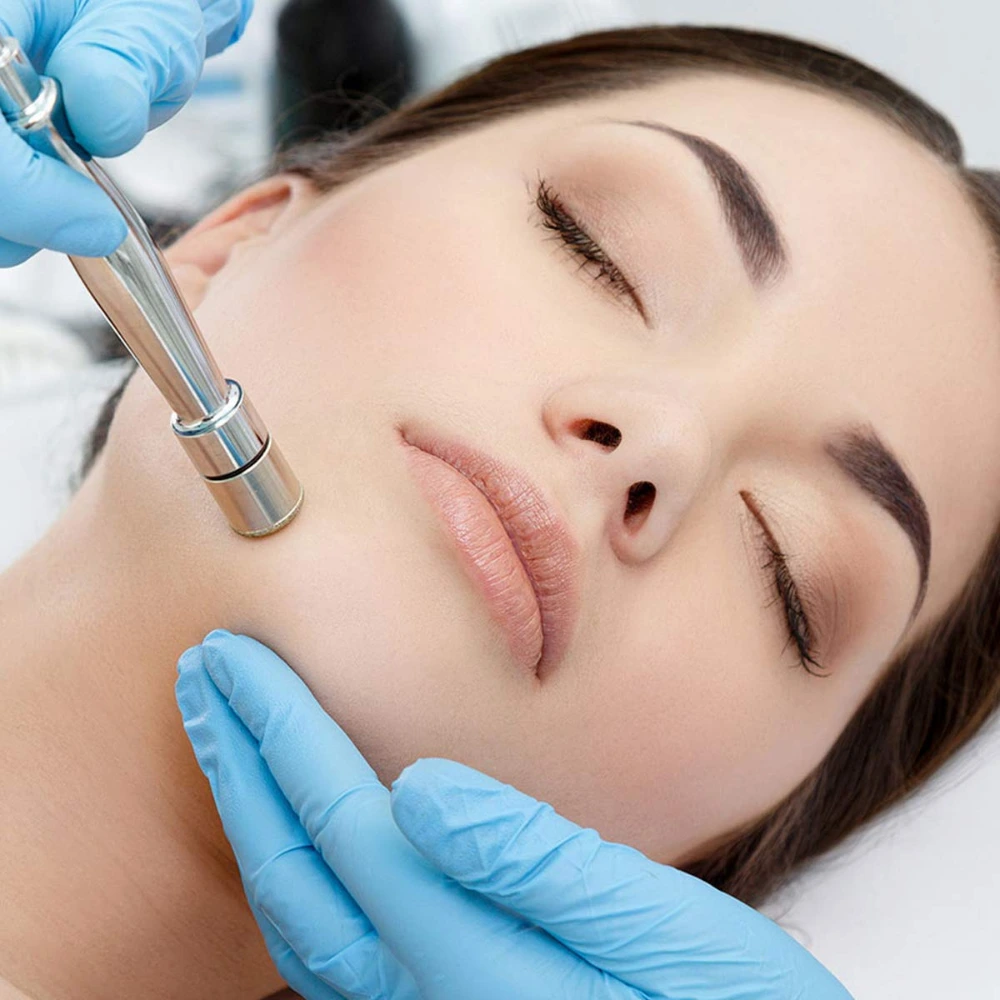
Table of contents
What Is Microneedling?
Microneedling uses a roller or pen with fine needles to create controlled micro-injuries in the skin. While this may sound intimidating, the process stimulates the skin’s natural healing response. Increased collagen production can help reduce the appearance of fine lines, acne scars, and enlarged pores.
When I first tried microneedling, my esthetician used a pen-like device. The treatment wasn’t super painful, but I definitely felt a scratching sensation. Afterwards, my face turned a deep red, almost like a sunburn. The redness lasted for about two days, and my skin began to peel slightly. After a week, though, my skin looked smoother and more even.
What Is Microchanneling?
Microchanneling is a gentler alternative to microneedling. It uses a stamping device that applies needles vertically, creating microchannels in the skin. These channels enhance the absorption of serums and other topical products.
During my microchanneling session, I was impressed by the minimal discomfort compared to microneedling. My esthetician applied a soothing serum, and the stamping technique resulted in less irritation. I experienced only mild redness for about a day, with no peeling. By the following day, my skin appeared brighter and felt more hydrated.
Both microneedling and microchanneling are effective treatments for stimulating collagen production and improving skin texture. Microneedling tends to be better for deeper concerns like acne scars and fine lines, while microchanneling is gentler and ideal for enhancing serum absorption and overall skin radiance. Choosing the right treatment depends on your skin goals and sensitivity.”
— Dr. Emily Carter, Board-Certified Dermatologist
Microchanneling vs Microneedling: Key Differences I Noticed
Pain Level
- Microneedling: Felt more scratchy and uncomfortable, even with the use of numbing cream.
- Microchanneling: Much gentler, and I barely needed numbing cream.
Recovery Time
- Microneedling: It took me 3–4 days to fully recover from the redness and peeling.
- Microchanneling: Just one day of mild redness.
Results
- Microneedling is great for addressing deeper issues, such as acne scars or wrinkles. My skin texture improved a lot.
- Microchanneling: Ideal for achieving a radiant glow, enhanced hydration, and a fresh overall appearance. I noticed the results were faster, but more subtle.
Frequency
- Microneedling: I was told to wait about 4–6 weeks between sessions.
- Microchanneling: Safe to do more often, around every 2–3 weeks.
Which One Worked Better for Me?
Both treatments offer distinct benefits. For addressing acne scars and uneven texture, microneedling provided effective results, though recovery was longer. For events or when I wanted a refreshed, radiant appearance, I preferred microchanneling.
Currently, I incorporate both treatments into my routine. I schedule microneedling sessions a few times a year for deeper concerns, and use microchanneling between sessions for a quick revitalisation.
Tips If You’re Considering Either Treatment
- Consult a licensed professional. Because these treatments involve needles, they should not be performed at home.
- Follow aftercare. Avoid makeup for at least 24 hours and always use sunscreen.
- Be patient. Results build over time, especially with microneedling.
- Know your skin goals. Choose microneedling for scars and ageing, and microchanneling for hydration and glow.
Conclusion
Choosing between microchanneling and microneedling really depends on your skincare goals. If you want lasting results for scars, wrinkles, or uneven texture, microneedling may be the best option. If you prefer a gentle treatment with quick results and little downtime, microchanneling is a great option.
For me, using both has worked best. My skin feels healthier, looks brighter, and I even get compliments when I’m not wearing makeup.
FAQs
Both are safe when done by a trained professional. Microchanneling is typically gentler, making it a suitable choice for sensitive skin.
Most people require at least 3–6 sessions, spaced 4–6 weeks apart, for noticeable results.
It’s best to wait at least 24 hours before applying makeup so your skin has time to recover and absorb serums.

